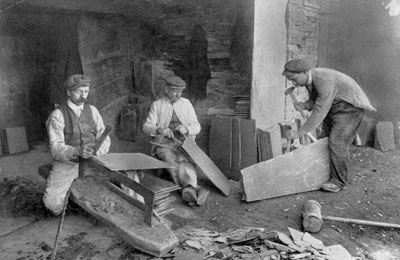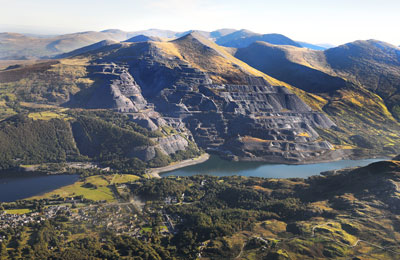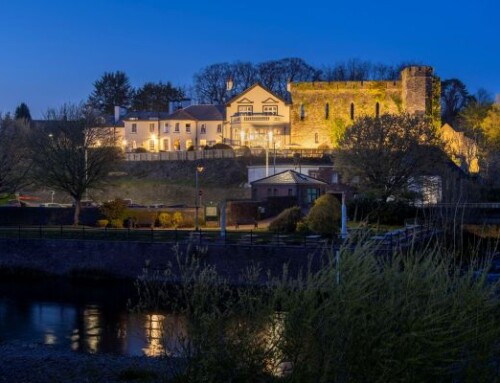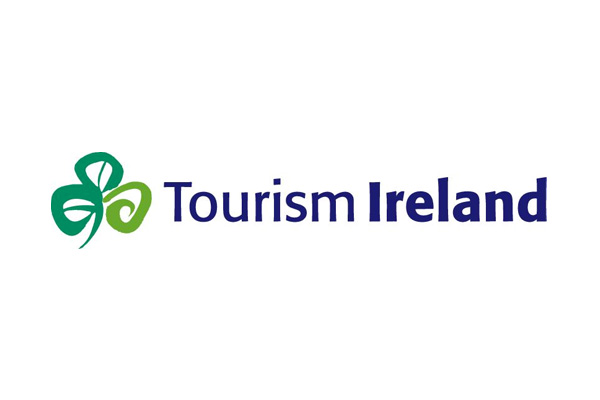The slate landscape of North West Wales has now become Wales’ 4th UNESCO World Heritage site following more than 15 years’ of hard work by partners to record, safeguard and recognise the living legacy of the slate landscape of Gwynedd locally and worldwide.
This new World Heritage Site comprises six distinct areas, known as ‘Component Parts’:
· Penrhyn Slate Quarry and Bethesda, and the Ogwen Valley to Port Penrhyn
· Dinorwig Slate Quarry Mountain Landscape
· Nantlle Valley Slate Quarry Landscape
· Gorseddau and Prince of Wales Slate Quarries, Railways and Mill
· Ffestiniog: its Slate Mines and Quarries, ‘city of slates’ and Railway to Porthmadog
· Bryneglwys Slate Quarry, Abergynolwyn Village and the Talyllyn Railway
Between 1780 and 1940 the slate industry dominated world production of roofing slates, transforming both the environment and the communities who lived and worked here. The quarries of north west Wales roofed the world and slate from the area can be found on almost every continent.
The key motivation for the bid was to increase pride in Welsh slate communities, regenerate the slate landscape from an economic and social perspective and to promote and celebrate the rich Welsh culture of these slate valleys. The Welsh language and culture of the Slate Landscape of Northwest Wales was at the centre of the nomination.
Lord Dafydd Wigley, chair of the Wales Slate Partnership Steering Group, says: “Partners have worked tirelessly over more than a decade to reach this important milestone, and we will now need to strengthen our cooperation to ensure that we deliver for the people, communities and businesses of the slate areas. This is a celebration of Gwynedd roofing the world, our unique language, culture and communities and how we exported people, technology and slate to the four corners of the world.”

The other UNESCO World Heritage Sites in Wales are: Castles and town walls of King Edward in Gwynedd (Beaumaris, Conwy, Caernarfon & Harlech); Blaenavon Industrial Landscape; and Pontcysyllte Aqueduct and Canal.
The slate landscape nomination was led by Gwynedd Council on behalf of a Partnership Steering Group which includes: Welsh Government – Cadw; Snowdonia National Park Authority; The Royal Commission on the Ancient and Historical Monuments of Wales; National Museum Wales; Bangor University; and The National Trust.










